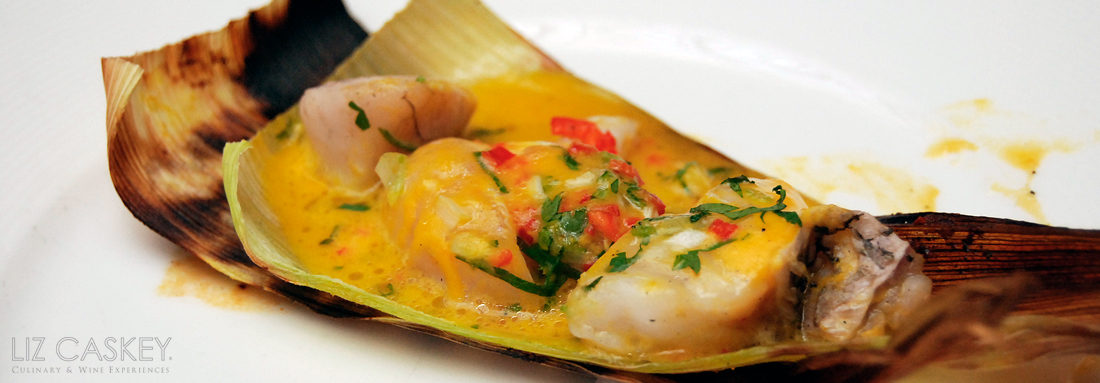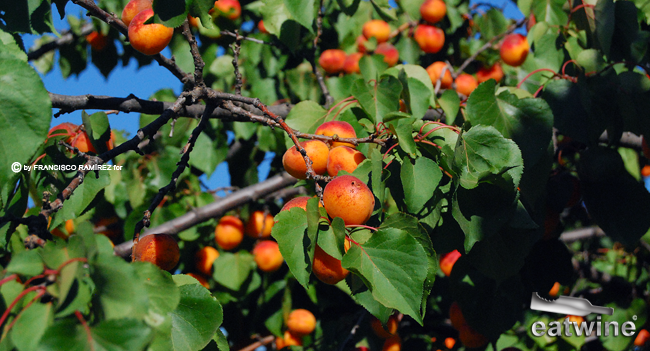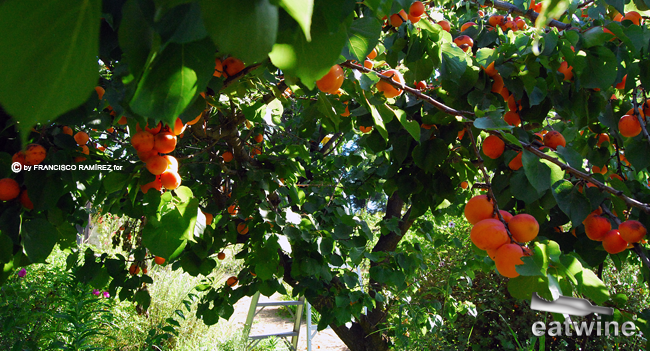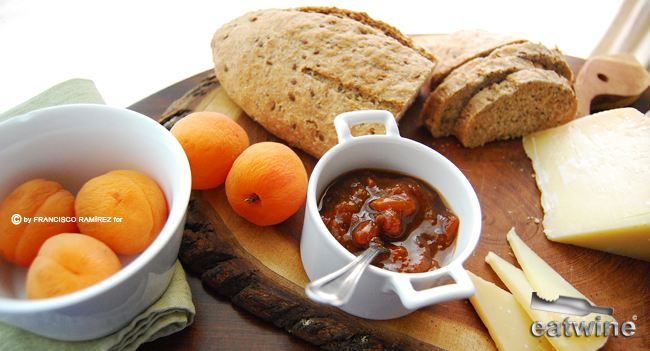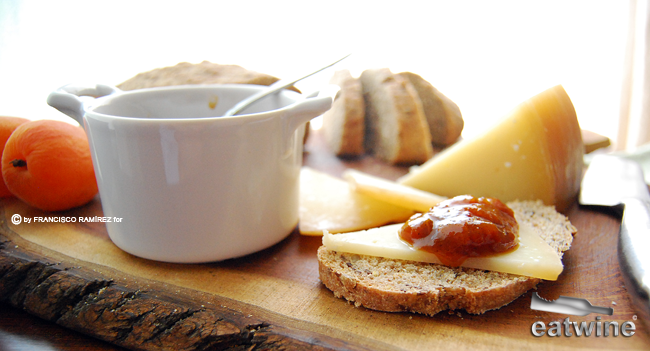Before moving to Chile, now over twelve years ago!, January used to be the biggest drag. Bleak, cold, gray days that I had to endure until spring. My birthday at the end of the month was always accompanied by a blizzard. Not being a cold weather person, it was a total downer.
Living in Chile, I love January. I wait for it all year. We are in peak summer season. We have the same freakishly amazing weather (88F/56F) every single day. Perfect for the park, beach, pool or sipping Sauvignon Blanc in the evenings on a balmy terrace. And best of all, it’s the estación de la fruta, fruit season. Specifically, let me qualify that. Right now it is apricot, cherry, and berry season. Delirio.
A few weeks ago, we drove up to the Aconcagua Valley about an hour and a half from Santiago for wine tastings. On the way back, I stopped by to see my friend Jen Hoover near the dusty little town of San Felipe, nestled at the bottom of the towering Andes and Mount Aconcagua, the highest peak in South America. Jen and her husband Ed Flaherty, a winemaker for Tarapacá, run Flaherty Wines, their garage winery making a robust, intense red blend with Syrah, Cabernet Sauvignon, and Tempranillo.
Jen, an avid cook, had been posting about the copious amount of fruit hanging on her apricot tree and offered apricots to anyone willing to come pick. I was in the area and I was more than game.
We walked out through her parcela filled mostly with vines, fruit trees, and a fragrant herb garden. In the back of the property, the poor apricot tree seemed to be buckling under the weight of the fruit. From a distance, it had so much fruit it appeared almost a blaze of soft orange.
I began to search for fruit that was firm yet tender and would easily give. As I picked, I could hardly resist splitting open the apricots, still warm from the sun, and sucking down their sweet, juicy, tangy fruit. Heaven. After I had collected several kilograms, I realized it had made 0.1% dent in the total fruit on that tree. I knew where those apricots were destined: my favorite chutney.
For many years, I made this chutney as a Christmas gift for friends and family, leveraging the short window of apricots that happened to coincide with the end of year holidays. Fresh apricot chutney has a decidedly different flavor than chutney made with the dried Turkish variety. It hits all the right taste sensations on your palate: sweet, tangy, pungent umami. I typically jar part of it to savor the summer’s abundance later in the year (when it’s colder) and keep the rest in the refrigerator to serve as an aperitif (which never lasts long). Many friends, family, and guests on our Culinary Santiago tour have been requesting this recipe, so here goes. It truly is simple, and goes to show that when we have the best possible ingredients, all it takes is a little cooking alchemy to transform them into something deliciously otherworldly.
The key in this chutney is the balance between the sugar and the acidity with the spices and condiments giving depth and complexity. Here, we paired the chutney with a nutty, intense sheep’s milk cheese from Patagonia but you could easily substitute Manchego or Pecorino. It works very well with medium, earthy reds like Pinot Noir or Merlot with soft tannins, or whites like dry Riesling or a crisp, mineral-laden Chardonnay (from the Limarí). If you go the goat cheese route, try different types like chevre, crotin, aged goat cheese, or Brebis along with a selection of breads or crackers. We have also successfully paired this with paté, roasted chicken, and grilled baby lambchops. My father-in-law, Yito, swears by this chutney on toasted marraqueta with creamy, country-style butter.
10 kilos fresh apricots (very ripe yet not mushy)
2 ½ cups yellow or white onions, chopped finely
5 cloves garlic, minced
5 cups granulated sugar
5 cups dark brown sugar
5 cups golden raisins
5 cups apple cider vinegar
5 tablespoons fresh ginger, grated
5 teaspoons dry mustard
5 teaspoons ground all spice
1 ¼ tablespoon ground sea salt
5 dashes ground cloves
Couple dashes of cayenne (optional)
Wash, pit, and pick over apricots
In large pot (or two pots) combine all ingredients and cook over medium-low flame for 3 hours until thick, jam-like and vinegar fumes have disappeared (it will cook down considerably).
Cool completely. Place in sterilized jars and process in boiling water for indefinite duration.
Yield: Lots. A few liters/quarts at the very least. You can cut it down by observing the ratio of fruit:sugar:vinegar.
